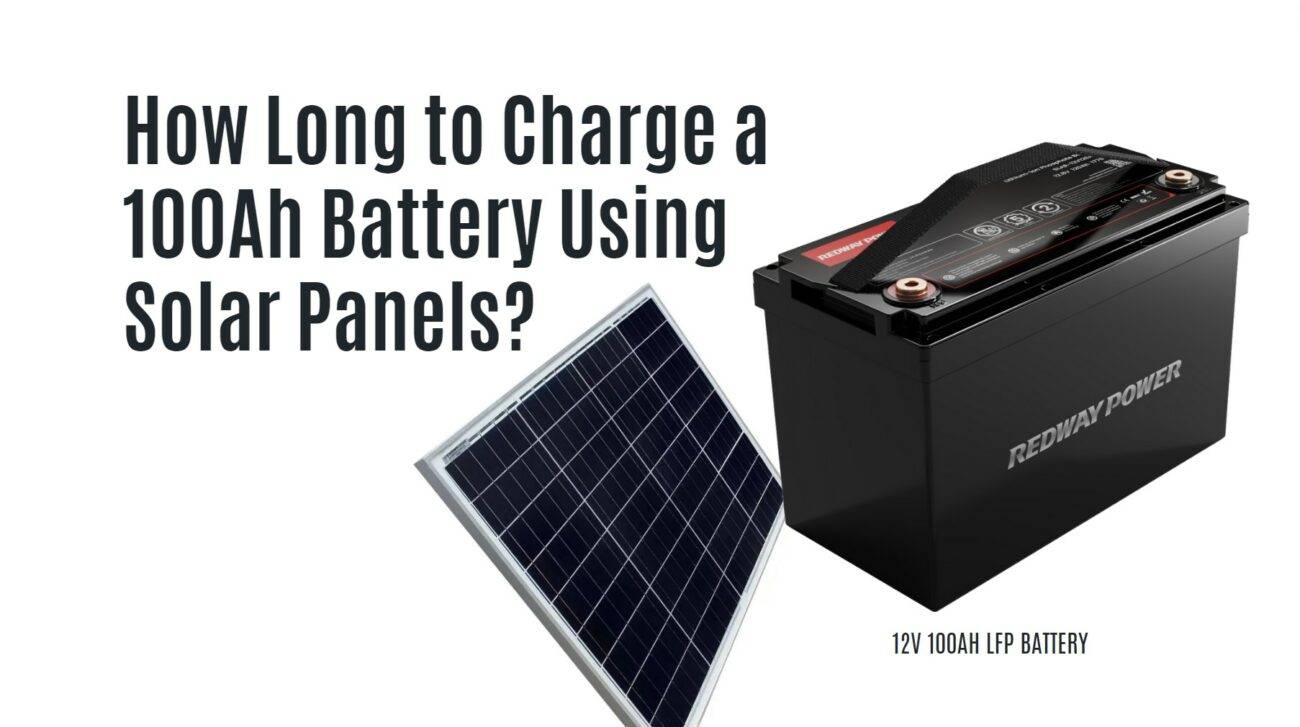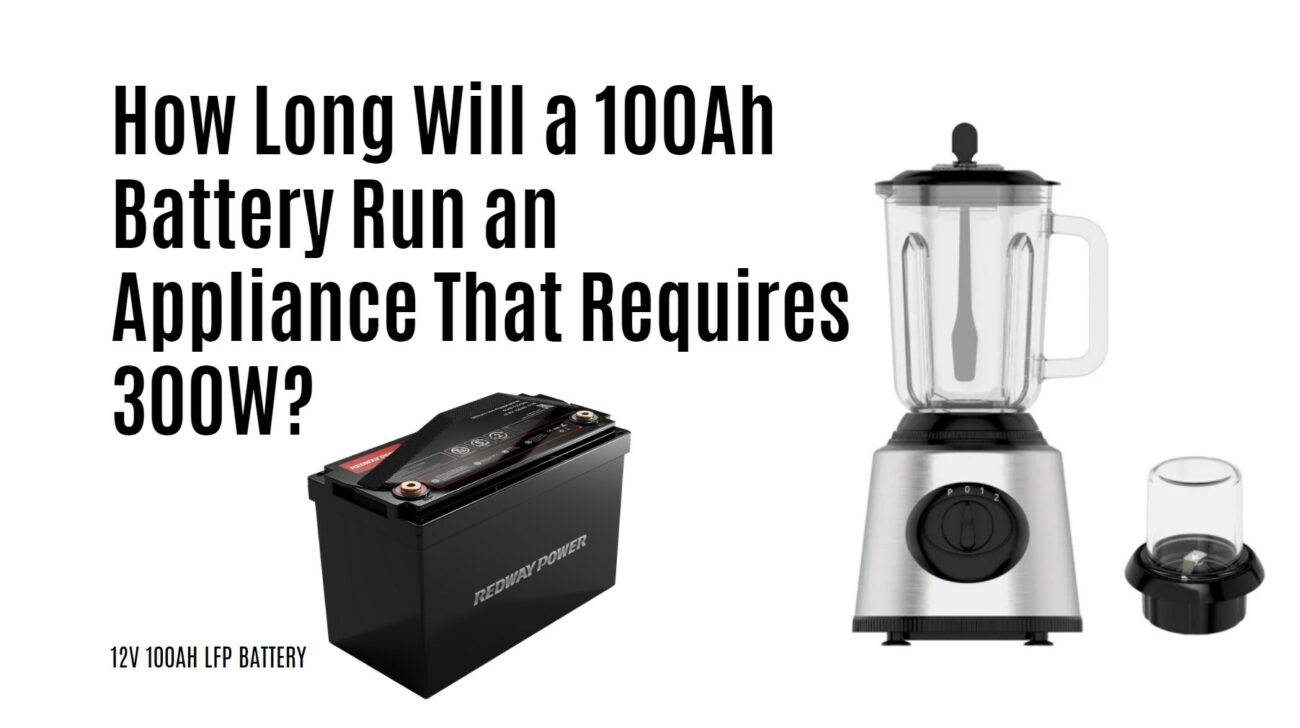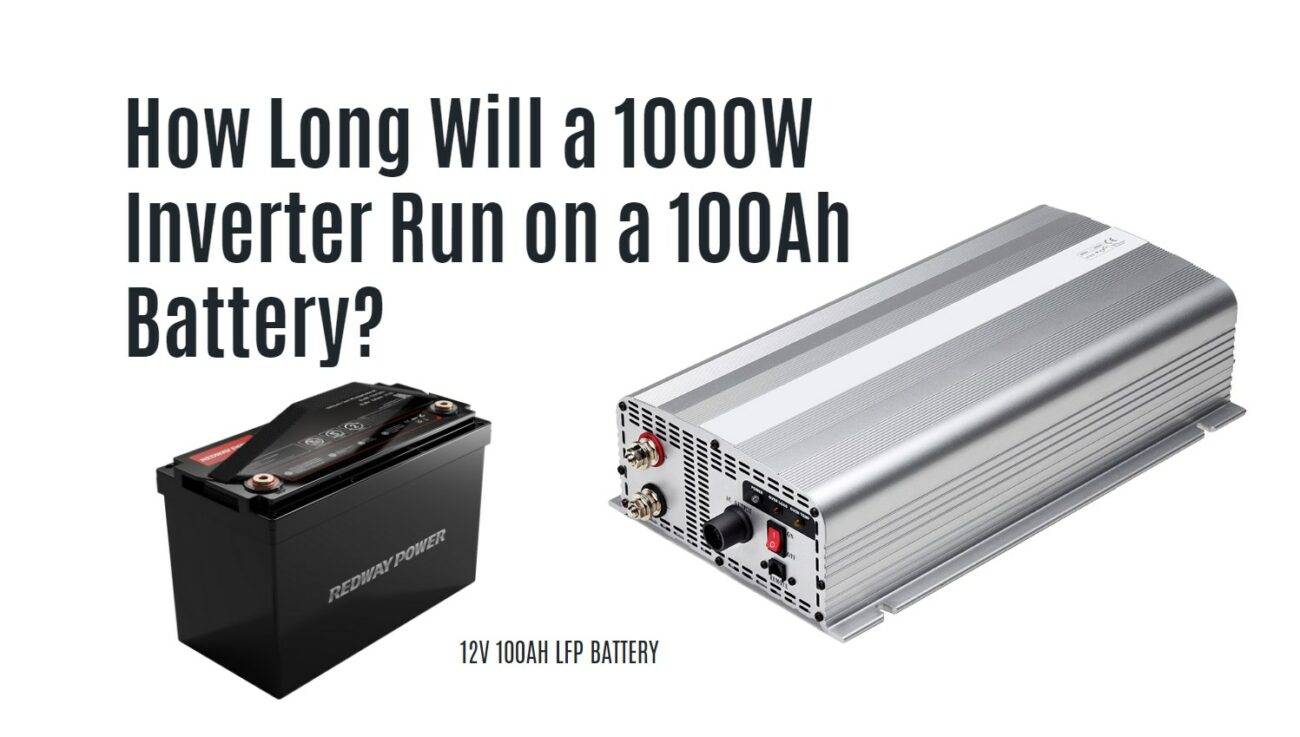- Lithium Golf Cart Battery
- Forklift Lithium Battery
-
48V
- 48V 210Ah
- 48V 300Ah
- 48V 420Ah (949 x 349 x 569 mm)
- 48V 420Ah (950 x 421 x 450 mm)
- 48V 456Ah
- 48V 460Ah (830 x 630 x 590 mm)
- 48V 460Ah (950 x 421 x 450 mm)
- 48V 460Ah (800 x 630 x 600 mm)
- 48V 460Ah (820 x 660 x 470 mm)
- 48V 500Ah
- 48V 560Ah (810 x 630 x 600 mm)
- 48V 560Ah (950 x 592 x 450 mm)
- 48V 600Ah
- 48V 630Ah
-
48V
- 12V Lithium Battery
12V 150Ah Lithium RV Battery
Bluetooth App | BCI Group 31
LiFePO4 Lithium
Discharge Temperature -20°C ~ 65°C
Fast Charger 14.6V 50A
Solar MPPT Charging - 24V Lithium Battery
- 36V Lithium Battery
- 48V Lithium Battery
-
48V LiFePO4 Battery
- 48V 50Ah
- 48V 50Ah (for Golf Carts)
- 48V 60Ah (8D)
- 48V 100Ah (8D)
- 48V 100Ah
- 48V 100Ah (Discharge 100A for Golf Carts)
- 48V 100Ah (Discharge 150A for Golf Carts)
- 48V 100Ah (Discharge 200A for Golf Carts)
- 48V 150Ah (for Golf Carts)
- 48V 160Ah (Discharge 100A for Golf Carts)
- 48V 160Ah (Discharge 160A for Golf Carts)
-
48V LiFePO4 Battery
- 60V Lithium Battery
-
60V LiFePO4 Battery
- 60V 20Ah
- 60V 30Ah
- 60V 50Ah
- 60V 50Ah (Small Size / Side Terminal)
- 60V 100Ah (for Electric Motocycle, Electric Scooter, LSV, AGV)
- 60V 100Ah (for Forklift, AGV, Electric Scooter, Sweeper)
- 60V 150Ah (E-Motocycle / E-Scooter / E-Tricycle / Tour LSV)
- 60V 200Ah (for Forklift, AGV, Electric Scooter, Sweeper)
-
60V LiFePO4 Battery
- 72V~96V Lithium Battery
- Rack-mounted Lithium Battery
- E-Bike Battery
- All-in-One Home-ESS
- Wall-mount Battery ESS
-
Home-ESS Lithium Battery PowerWall
- 24V 100Ah 2.4kWh PW24100-S PowerWall
- 48V 50Ah 2.4kWh PW4850-S PowerWall
- 48V 50Ah 2.56kWh PW5150-S PowerWall
- 48V 100Ah 5.12kWh PW51100-F PowerWall (IP65)
- 48V 100Ah 5.12kWh PW51100-S PowerWall
- 48V 100Ah 5.12kWh PW51100-H PowerWall
- 48V 200Ah 10kWh PW51200-H PowerWall
- 48V 300Ah 15kWh PW51300-H PowerWall
PowerWall 51.2V 100Ah LiFePO4 Lithium Battery
Highly popular in Asia and Eastern Europe.
CE Certification | Home-ESS -
Home-ESS Lithium Battery PowerWall
- Portable Power Stations
Can you run a 3000w inverter of a 100Ah battery?

Running a 3000W inverter off a 100Ah battery poses challenges, risking rapid depletion and premature battery failure. Consider upgrading to a 12V 200Ah unit for optimal performance and longevity. Verify compatibility with manufacturer guidelines to prevent overloading and ensure efficiency.
An inverter is a power electronic device that converts direct current (DC) into alternating current (AC). It enables the conversion of electrical energy from a DC source, such as a battery or solar panel, into AC power that can be utilized by electrical devices. Inverters have diverse applications in renewable energy systems, backup power systems, and everyday electrical appliances.
How does an inverter work?
Relationship between inverters and Batteries

Why Matching Wattage and Battery Capacity Matters?
Matching wattage and battery capacity is crucial to ensure efficient power supply. Higher inverter wattage than battery capacity leads to rapid drain, overheating, and potential damage. Conversely, lower wattage results in underperformance. Accurate calculation considering device wattage and usage time ensures compatibility, optimizing performance and longevity of the inverter and battery setup.
How to Calculate the Power Requirements for your Inverter
To calculate inverter power requirements: 1. Identify device wattage. 2. Account for surge power. 3. Convert to amps. 4. Match battery capacity and wattage, not exceeding 50%. 5. Consider cable length and resistance. Ensure a 3000W inverter aligns with a 100Ah battery. Detailed steps ensure efficient power supply and prevent complications.
Can a 3000W Inverter Run on a 100Ah Battery?
While technically possible, running a 3000W inverter on a 100Ah battery has limitations. Consider practicality, temperature, and system enhancements. Lithium batteries (like LiFePO4) with a C-rate of 1 are ideal. For lead-acid batteries, use 4 lithium batteries in series or 12 lead-acid batteries (4 in series and 3 strings in parallel) for optimal performance . Ensure your battery setup aligns with your power needs!
Let’s break down the considerations for running a 3000-watt inverter on a 100Ah battery:
- Inverter Power Rating:
- A 3000W inverter converts DC (direct current) from a battery into AC (alternating current) for electrical devices.
- The 3000W rating is the maximum power it can produce, but practical use averages around 2400-2500 watts.
- Important: High loads may cause issues with a 100Ah battery.
- Battery Ampere-Hour (Ah) Rating:
- 100Ah batteries are common, but they have limitations.
- Recommendation: Use lithium batteries (like LiFePO4) with a C-rate of 1 for better performance.
- System Enhancements:
- For lead-acid batteries, consider using 4 lithium batteries in series or 12 lead-acid batteries (4 in series and 3 parallel strings).
- Optimize: Enhance your system to handle heavy loads effectively.
Remember, practicality matters! Ensure your battery setup aligns with your power needs.
Why Inverter Efficiency and Battery Quality are Crucial for Battery Performance
Factors influencing battery performance with inverters include inverter efficiency, battery quality, load management, temperature, and discharge/recharge patterns. Efficient inverters reduce energy loss, while battery maintenance ensures optimal power supply. Managing loads and adhering to recommended temperature ranges maximize battery lifespan and performance. Understanding these factors aids in efficient device operation and prolongs battery life.
1. Inverter Efficiency:
- Impact: Efficient inverters minimize energy loss during DC to AC conversion.
- Consideration: Higher efficiency enhances overall battery performance.
2. Battery Quality and Condition:
- Significance: Older or worn-out batteries may supply insufficient power.
- Maintenance: Regular checks and maintenance ensure optimal performance.
3. Load Management:
- Effect: Running high-power or multiple devices drains the battery faster.
- Essential: Careful calculation and management of power requirements.
4. Temperature Influence:
- Impact: Extreme heat or cold can reduce battery capacity and lifespan.
- Crucial: Operate batteries within recommended temperature ranges.
5. Discharge and Recharge Patterns:
- Outcome: Frequent deep discharges without proper recharging decrease capacity.
- Consideration: Establish proper discharge and recharge cycles for optimal battery lifespan.
Understanding how factors like inverter efficiency, battery condition, load management, temperature, and usage patterns impact battery performance is crucial. Consider these variables for an informed decision on efficiently powering devices while maximizing battery life.

Tips for Maximizing Battery Life with an Inverter
Maximize battery life with an inverter: Match wattage to battery capacity, avoiding overload. Prioritize essential power use and disconnect idle inverters. Regular maintenance includes voltage monitoring and terminal cleaning. Utilize solar panels with MPPT controllers for extended battery life. Manage temperature for optimal storage conditions. These strategies optimize battery performance while running a 3000W inverter.
To maximize battery life with an inverter:
- Match Inverter Wattage: Ensure it aligns with battery capacity to avoid overload.
- Monitor Power Usage: Be mindful of high-power device usage. Prioritize essentials and use energy-efficient alternatives.
- Limit Idle Consumption: Disconnect unused inverters or use switches to minimize standby power.
- Perform Regular Maintenance: Monitor voltage levels, clean terminals, and ensure proper ventilation.
- Utilize Solar Panels: Extend battery life with MPPT controllers to prevent overcharging.
- Control Temperature: Extreme temperatures impact storage and lifespan, so choose climate-controlled storage or insulation.
By adhering to these tips, you can maximize the performance and lifespan of your 100Ah battery while effectively running a 3000W inverter. Prioritize proper battery care, efficient power management, and consider alternative energy sources for optimal results.
Conclusion




























